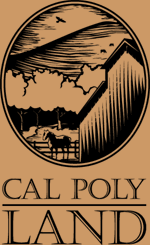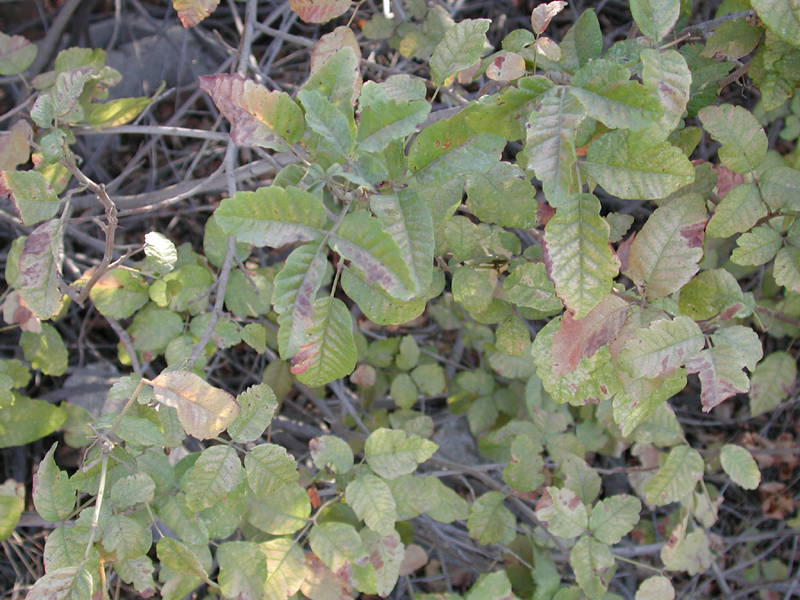|
Facts
|
|
|
Image provided by geology.csusb.edu/VTRIPS/ SAF/webpics/Dscn0126.jpg |
|
|
Poison oak (Toxidendron diversilobum) is an itchy plant that grows throughout the United States . Its counterpart on the east coast is known as poison ivy. The natural oils on the leaves of the plant are irritating to most humans who come in contact with it, leaving an itchy rash. While some people are immune to poison oak, most experience extreme discomfort after coming in contact with it. In fact, the U.S. Forest Service reports that poison oak or ivy accounts for ten percent of lost work time with their employees. Touching it is not the only way poison oak can cause irritation. California firefighters who fight blazes in coastal mountain areas commonly experience lung and throat irritation from breathing in fumes from burning poison oak. Poison oak grows from sea level to 5,000 feet. In California 's San Luis Obispo County , poison oak commonly flourishes on bike paths and hiking trails as far north at Paso Robles, Ca. and down to Santa Maria , Ca. So if you plan on going hiking or enjoying any other recreational activities on the scenic Central Coast , are on the lookout! Poison oak grows in leaves of three, hence the adage leaves of three, leave them be. Leaves vary in color depending on the time of the year. They can be green, orange, yellow, brown, red or black. The leaves are shiny because of the plant's oil. Clusters of yellowish flowers grow on the plant in the spring and then turn to small white berries in the fall. Some places on the Central Coast to be wary of poison oak include: hiking trails in San Luis Obispo 's Poly Canyon , Stenner Canyon and Pennington Canyon . Outside of San Luis Obispo , poison oak commonly grows near Santa Margarita Lake, Lake Naciemento , the hills of Avila Beach and Montana de Oro State Park. California Native Americans found many practical uses for poison oak. They made baskets from the plant's roots and stems, and boiled down the roots to create a black dye. It is also believed that some tribes even used poison oak for a solution to treat warts. References: W.P. Armstrong and W.L. Epstein, M.D. Poison Oak: More Than Just Scratching the Surface Herbalgram (American Botanical Council) Volume 34: 36-42. 1995. Poison Oak: If you have an itch don't scratch it! Retrieved from the World Wide Web May 26, 2004 at: www.geocities.com/mtbikewhiskeytown/images/poisonoak.jpg
Native American "Chumash" Usage
Web page made by Jeff Swisher |

